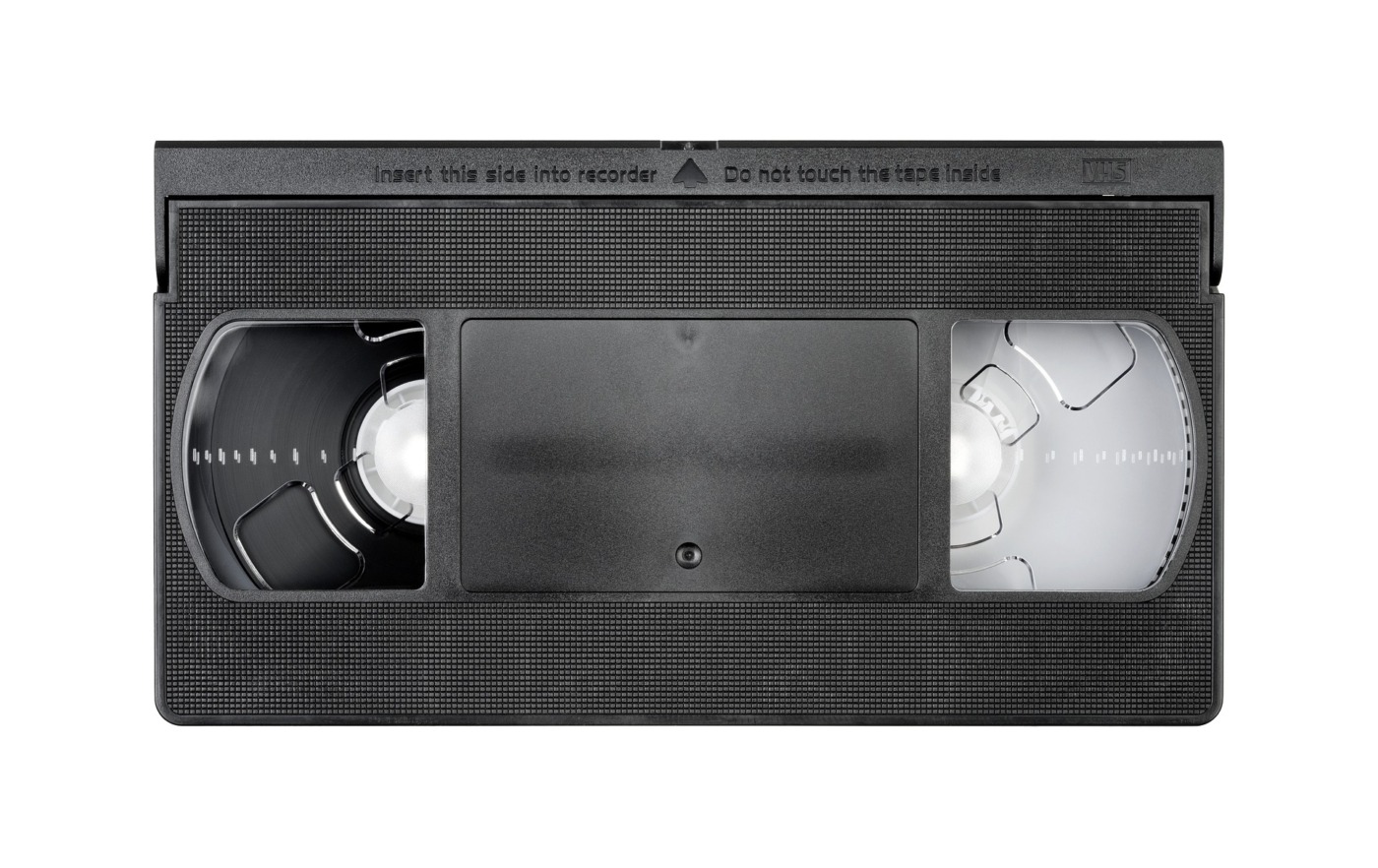‘Censor’ is an uneven movie by a director with a bright future
Next in my series of Sundance London reviews, I’ll be reviewing the new horror hit that is currently sweeping the nation’s cinemas: Censor. Prano Bailey-Bond’s debut feature holds a unique place in my heart, not only because, a few years ago, I had a similar story idea for a short film – whose first draft script is now destined to live in iCloud purgatory – but because the films released during the period of the video nasty are never-ending sources of fun and inspiration for any budding horror writer. It’s clear Bailey-Bond took this inspiration and ran with it. It is great to finally see this period of British cinematic history explored through a modern lens, and, although it can be uneven and slightly too modern for its own good, Censor is a worthwhile watch for anyone who loves contemporary horror.
Starring Niamh Algar, a recent BAFTA nominee for her role in Calm with Horses, the film follows her character Enid Baines, a censor at the British Board of Film Classification during the height of the video nasty controversy in the 1980s. As a result, her work forces her to sit through hours and hours of violent films. In one of these movies, she sees a familiar face: her sister, who has been missing since childhood.
One can’t help but wish that Algar’s performance was more like those amateurish and slightly bad performances from unknown actresses, trying to make their names as scream queens
As a result of her effort to find the actress who bears such a striking resemblance, Enid’s world unravels and nosedives into darkness. Algar’s performance is quite exceptional, giving us a well-rounded and realistic portrayal of a woman on the edge of collapse, her job and childhood trauma constantly trying to push her over. However, when watching a film that pays homage to the video nasty period, one can’t help but wish that Algar’s performance was more like those amateurish and slightly bad performances from unknown actresses, trying to make their names as scream queens.
The central performance is modern and well-acted, which means that it can feel out of place in a film so inspired by cheesy, poorly-acted movies. This issue is particularly damaging given that every other character seems to be acting like they’re in a real video nasty (shoutout to Michael Smiley, whose performance as a sleazy film producer gives exactly the level of campy humour I wanted to see). If Bailey-Bond were to direct Algar to lean into the slightly camp and amateurish quality of real video nasty performances, the characterisation would be pitch perfect, but sometimes everything feels a little too rehearsed – maybe too realistic.
As for the film itself, the aesthetic is effective for the most part, with the cinematography deftly handling both the drab and bleak look of the office that Enid works in, and the beautifully colourful and well-lit climax. It is so competently shot that one might feel underwhelmed by the lack of real atmospheric terror that it creates. It feels as if the film wanted to rely on the visuals to transport you back to 1980s Britain and right into the centre of a video nasty film, but this never really works. Often, it all just feels slightly haphazard and uneven, such as when Niamh Algar will push up her stereotypically 80s glasses for the 20th time, presumably so that we will call out: “AH! LOOK! 80s!”.
I’m left wondering whether Bailey-Bond actually wanted to create a proper homage to video nasties, or if she wanted to create a modern version of such a film, set in the 80s
Another example of this unevenness is one particularly random and inconsequential jump-scare in the first act that did genuinely scare me, but only because of its sheer randomness. On further reflection the strength of this jump-scare felt strongly anachronistic, because it was a well-done visual effect in a film that seems to want to show off the amateurish nature of the nasties. Whilst the atmosphere and use of mise-en-scène might feel uneven, the film itself is well crafted and a fun watch. The problem is that I’m left wondering whether Bailey-Bond actually wanted to create a proper homage to video nasties, or if she wanted to create a modern version of such a film, set in the 80s. Whatever her intention was, I was left feeling slightly confused by the end.
Although my thoughts on Censor may look negative, I did have an enjoyable time viewing Bailey-Bond’s movie at the festival; I can safely say that the experience is definitely better on a big screen where you can absorb it properly. Prano Bailey-Bond definitely has a bright future ahead of her. With time and the further maturation of her style, I can see her becoming the face of new British horror, and I would love for that to happen.

Comments